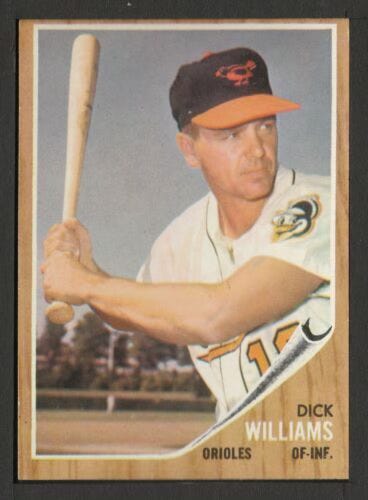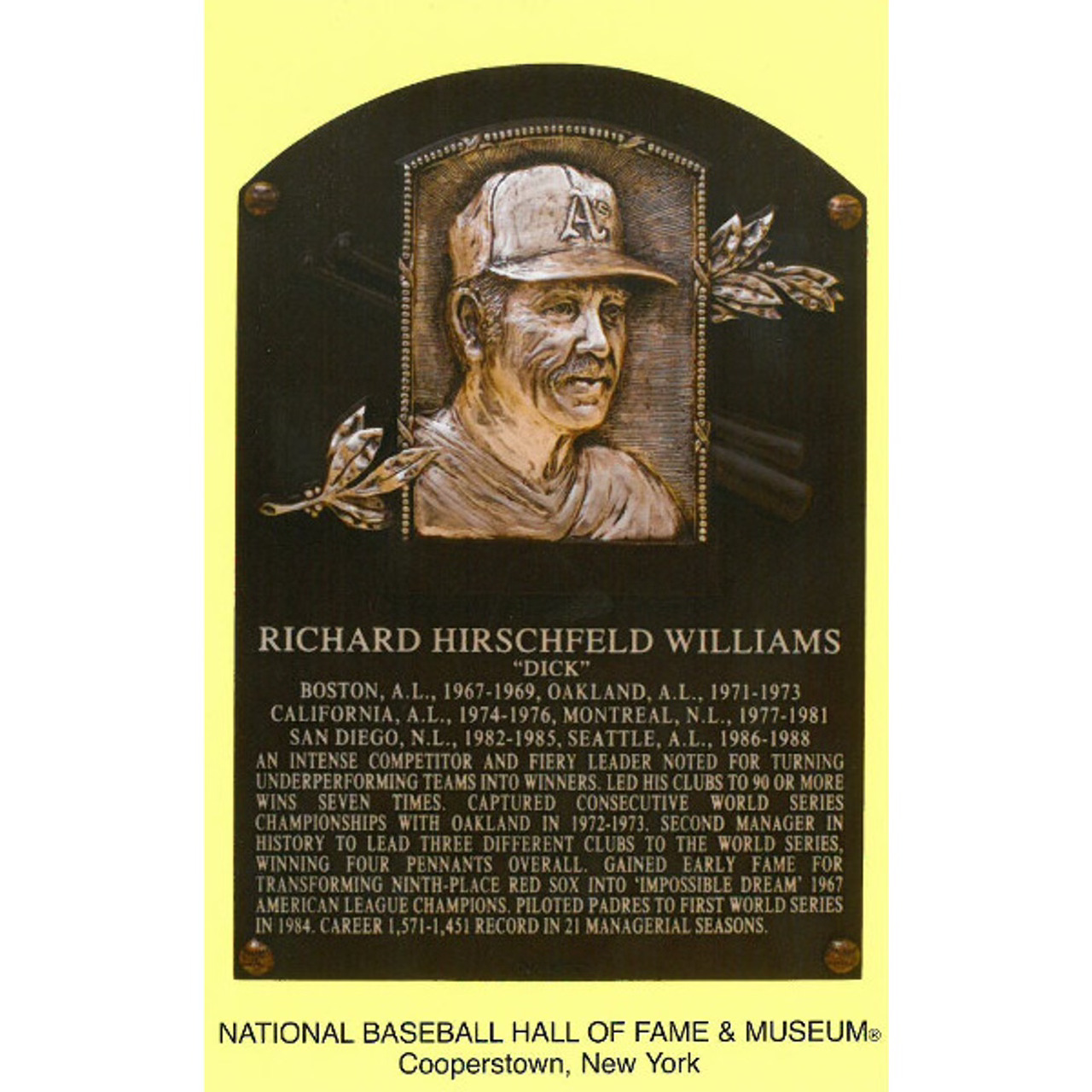The Bird Tapes Interview: Dick Williams
Before he became one of the game's most successful managers, he was a utility player for the Orioles. He explains how Paul Richards influenced him.
Dick Williams wasn’t exceptional when he played for the Orioles and four other teams during a 13-year major league career that began in 1951. He was certainly useful, a career .260 hitter who could play multiple positions, but he never made an All-Star team, only once hit more than 12 home runs in a season and never started a game in the one World Series he played in.
“I was a utility guy,” Williams told me in 1999.
Why did he make the list of former players I interviewed for my book on Orioles history a quarter-century ago? That’s easy. Williams was exceptional and then some in his second act in the game. As a manager, he won four pennants with three different teams. The Oakland A’s won the World Series in 1972 and 1973 with Williams guiding them.
Known for quickly turning around losing teams, Williams was enshrined in the Hall of Fame in 2008 because he so excelled as a manager,
When I interviewed him in Las Vegas, where he lived in retirement, I wanted to know if there was a way to connect his time in Baltimore to the superb skills he later displayed while managing the A’s, Boston Red Sox, California Angels, Montreal Expos, San Diego Padres and Seattle Mariners for 21 seasons.
In our interview, available below to paid Bird Tapes subscribers, Williams confirmed that his years with the Orioles had a lot to do with his later success as a manager, mostly because Paul Richards was running the Orioles.
As Williams explains, he had three mentors. One was Bobby Bragan, a Branch Rickey disciple who managed Williams on a Brooklyn Dodgers’ affiliate in the Texas League and preached Rickey’s fundamentals-based approach. (Williams signed with the Dodgers in 1947 and was in their system until he came to Baltimore in 1956.) Charlie Dressen, who managed Williams in Brooklyn in the early ‘50s, was another mentor. But no one impacted him more than Richards.
“You either loved Paul or hated him. I loved him,” Williams told me.
The feeling was mutual. While in charge of the Orioles, Richards acquired Williams not once or twice but three times - in 1956, 1958 and 1961. Richards also traded him away twice, but Williams never was gone for long.
(After Richards left Baltimore to run a National League expansion team in Houston in 1962, he acquired Williams again — yes, for a fourth time —but traded him again before Williams played a game in Houston.)
Why did Richards like Williams so much? Williams was a dependable and versatile chess piece who valued the little things. He ran the bases well. He caught what was hit to him at many positions. He was smart and competitive.
Soon after acquiring him for the first time in 1956, Richards batted him leadoff in both games of a doubleheader against the Detroit Tigers. Williams went 6-for-9 with two doubles, a home run, a walk and a stolen base. He scored four runs, drove in two, and played four positions — center field and second base in the first game, third base and first base in the second game.
While in Baltimore all season in 1958, he appeared in 26 games at first base, seven games at second base, 46 games at third base, 34 games in left field, 41 games in center field and 15 games in right field, all while ranking among the team leaders with a .336 on-base percentage at the plate.
Through it all, Williams kept his eyes closely trained on Richards, who believed in quality pitching and sound defense, especially sound outfield defense, as the blueprint for allowing an inferior team to perform respectably — a blueprint Williams would repeatedly rely on while building his reputation as a turnaround artist.
In a Society of American Baseball Research profile, Williams explained that he became a more watchful player after he suffered a serious shoulder injury while diving for a ball in 1952, permanently limiting his ability to throw. It started him down the road to becoming a manager.
“My injury forced me to watch, to listen, to learn every tiny detail about this game that once I could play in my sleep,” Williams said. “Because if I ever wanted to play it again, I could no longer be faster or stronger than anyone. Now I had to be smarter. I would sit on my butt in the dugout for nine innings and watch both the game and its players like I’d never watched them before. I studied opposing pitchers. I studied strategy. More than anything, I studied human nature.”
In the end, he far surpassed his mentor with his record of 1,571 wins, four pennants and two World Series titles. Richards won 923 games and never managed a team to the postseason.
But Williams wasn't about to diminish Richards’ key role in his career. After sitting on the Dodgers’ bench in the early ‘50s, Williams was back in the minors at age 25 when the Orioles acquired him for the first time in 1956.
“Paul gave me chance to play and kept me in the major leagues,” Williams said. From that experience, a Hall of Fame manager was born.
Keep reading with a 7-day free trial
Subscribe to The Bird Tapes to keep reading this post and get 7 days of free access to the full post archives.






